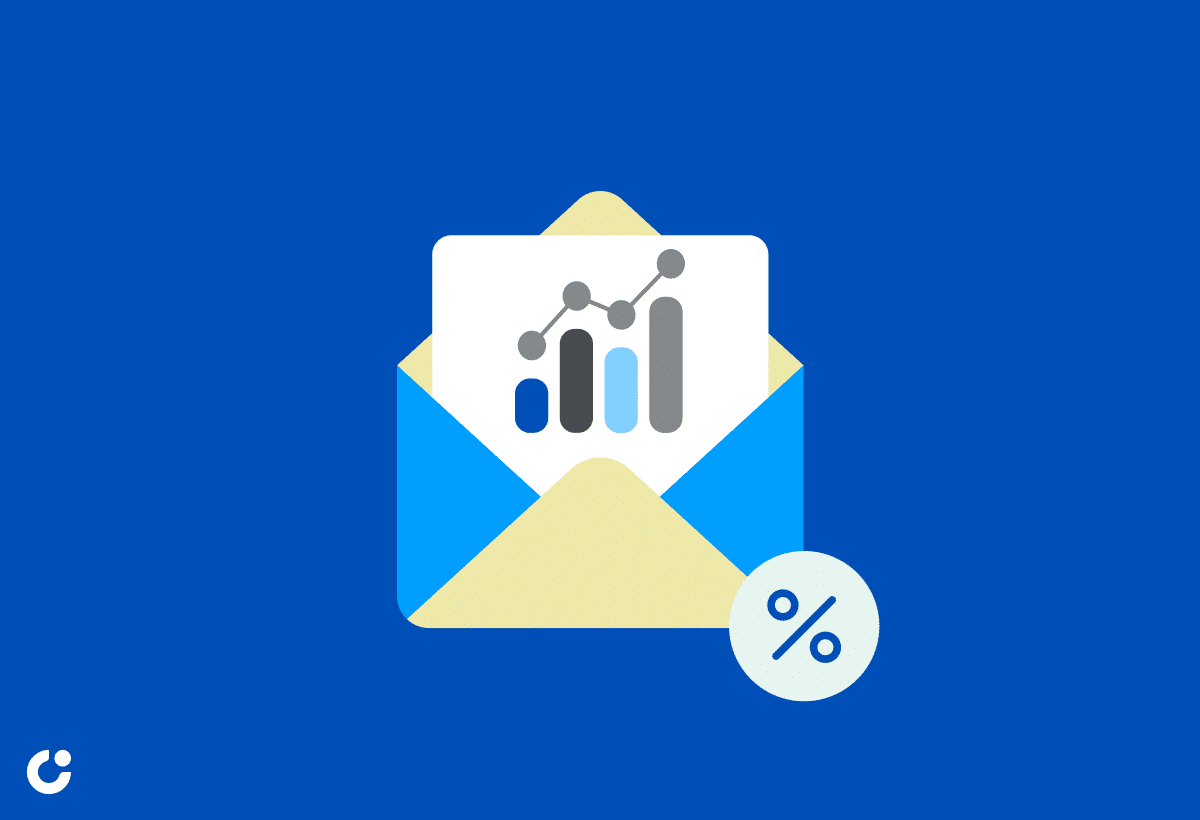Are you tired of sending sales emails that go unnoticed or ignored? It’s time to transform your outreach efforts into a powerful force that captivates your audience and drives results. This comprehensive guide will equip you with proven example sales email templates and strategies to elevate your outreach game. Let’s embark on this journey to create captivating and effective emails that resonate with your recipients and boost your sales success.
Key Takeaways
- Personalize your sales emails to boost engagement and increase open rates.
- Leverage urgency and scarcity tactics with honesty for maximum resonance.
- Rekindle interest in warm leads with motivating reminders and updates.
Crafting Your Opening Move

The initial step towards devising powerful sales emails involves constructing a compelling opening move. Your opening line establishes the mood for the entire email, providing an opportunity to leave a lasting first impression. To accomplish this, emphasize personalization, refer to mutual connections, and mention recent trigger events pertaining to the recipient.
Starting with Their Name

Addressing recipients by their name is a powerful way to create a personal connection and boost engagement in your sales emails. Personalizing your sales emails by using the recipient’s name can have a significant impact on consumer engagement and buying behavior. It creates a sense of importance and relevance that makes the recipient more likely to open the email and engage with its content. In fact, including the recipient’s name in the opening line of email templates can boost the open rate by an impressive 41% and the click-through rate by a remarkable 29%.
For optimal use of this personalization strategy, follow these steps:
- Verify that you possess precise and current data about your recipients.
- Utilize CRM tools or other data sources to maintain an organized and current contact list.
- Double-check the spelling of recipient names to avoid any embarrassing mistakes.
Highlighting Mutual Connections
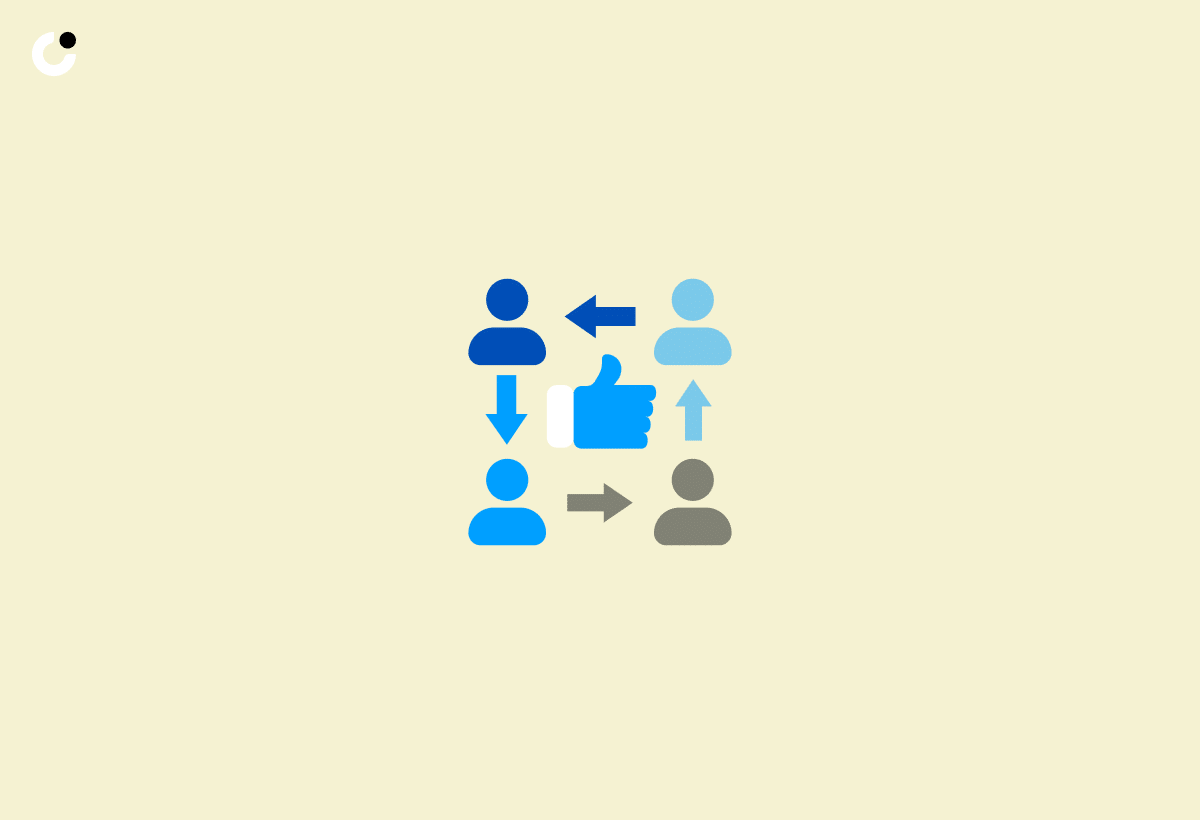
Establishing credibility and rapport with your recipients at the commencement of the sales email is paramount for success. Mentioning mutual connections in your sales email template can help you establish a connection with the prospect and get their attention. Engaging your prospect with persuasive sales email templates that mention mutual connections can lead to more productive conversations and ultimately increase the likelihood of closing a deal.
To detect mutual connections, utilize social media platforms, such as LinkedIn, or apply CRM tools that offer insights into shared contacts. When mentioning a mutual connection in the opening line, be specific about the connection and how it relates to the recipient’s company or industry. Incorporating their company name in this approach can lower the recipient’s guard more quickly and potentially win you credibility right away.
Addressing a Recent Trigger Event

Another method to captivate the recipient’s attention and demonstrate relevance is by mentioning a recent trigger event in your sales email, like new funding, promotions, or industry news. Mentioning a recent trigger event can help you make a more successful sales pitch in your sales prospecting email templates and demonstrate that you are informed about the recipient’s industry or company.
To locate recent trigger events, carry out a study on the recipient’s company or industry and stay informed about the latest news and developments. Use this information to tailor your sales pitch and show genuine interest in the recipient’s success. By mentioning a recent trigger event, you can establish a robust connection with the prospect and enhance the probability of a positive response.
The Art of the Subject Line
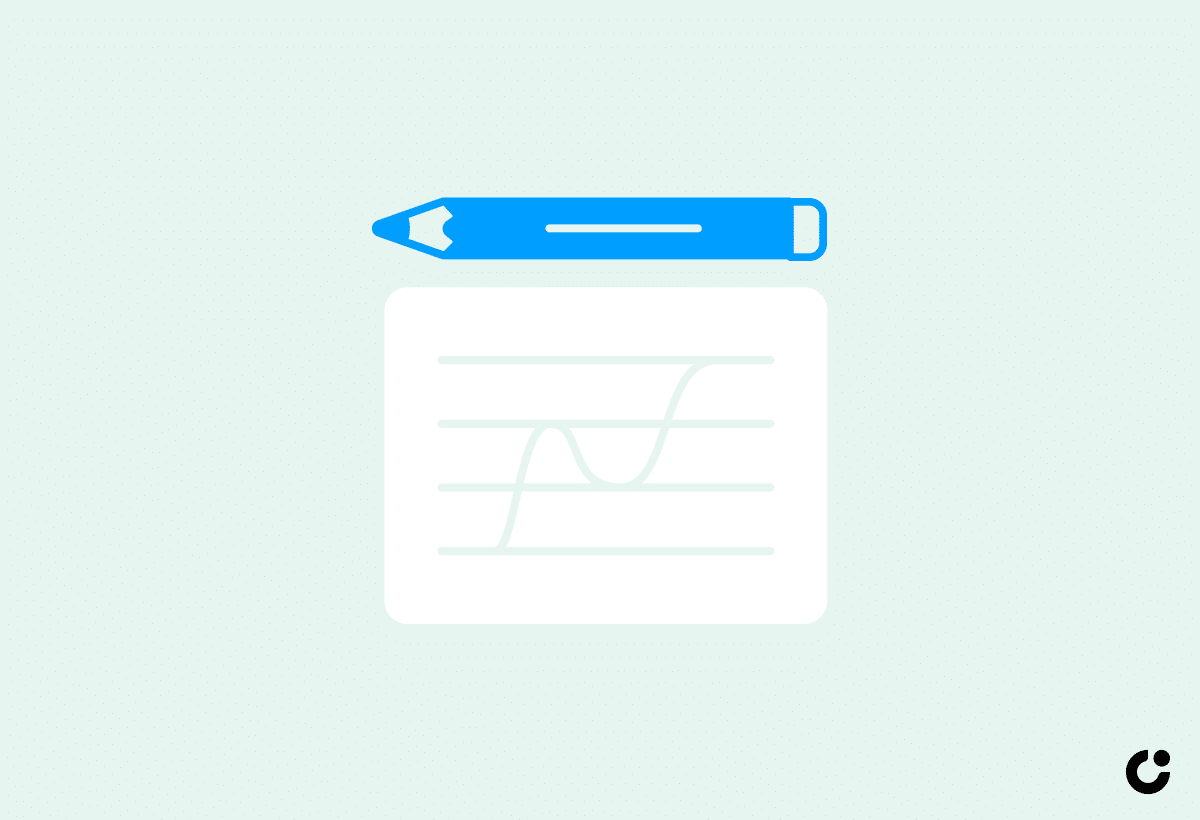
An enticing subject line is the secret to having your sales emails recognized and opened. Your subject line should be distinctive, valuable, and customized to your recipient’s interests and needs. To craft compelling subject lines, consider using curiosity, personalization, and urgency.
These methods can enhance your open and click-through rates, guaranteeing your emails have an impact and produce results.
Using Curiosity to Drive Opens

Curiosity is a powerful tool in email marketing and can be used to create intriguing subject lines that encourage recipients to open the email. To evoke curiosity in your email subject lines, you can:
- Experiment with power words
- Create a sense of urgency
- Provoke excitement and joy
- Personalize the subject line
- Be specific and use numbers
- Use negative or provocative language
By implementing these strategies, you can increase the open rates of your emails and engage your audience effectively.
Remember that it’s necessary to evaluate the effectiveness of curiosity-driven email subject lines through techniques such as:
- A/B testing
- Tracking open rates
- Click-through rates
- Conversion rates
Personalization in the Subject Line
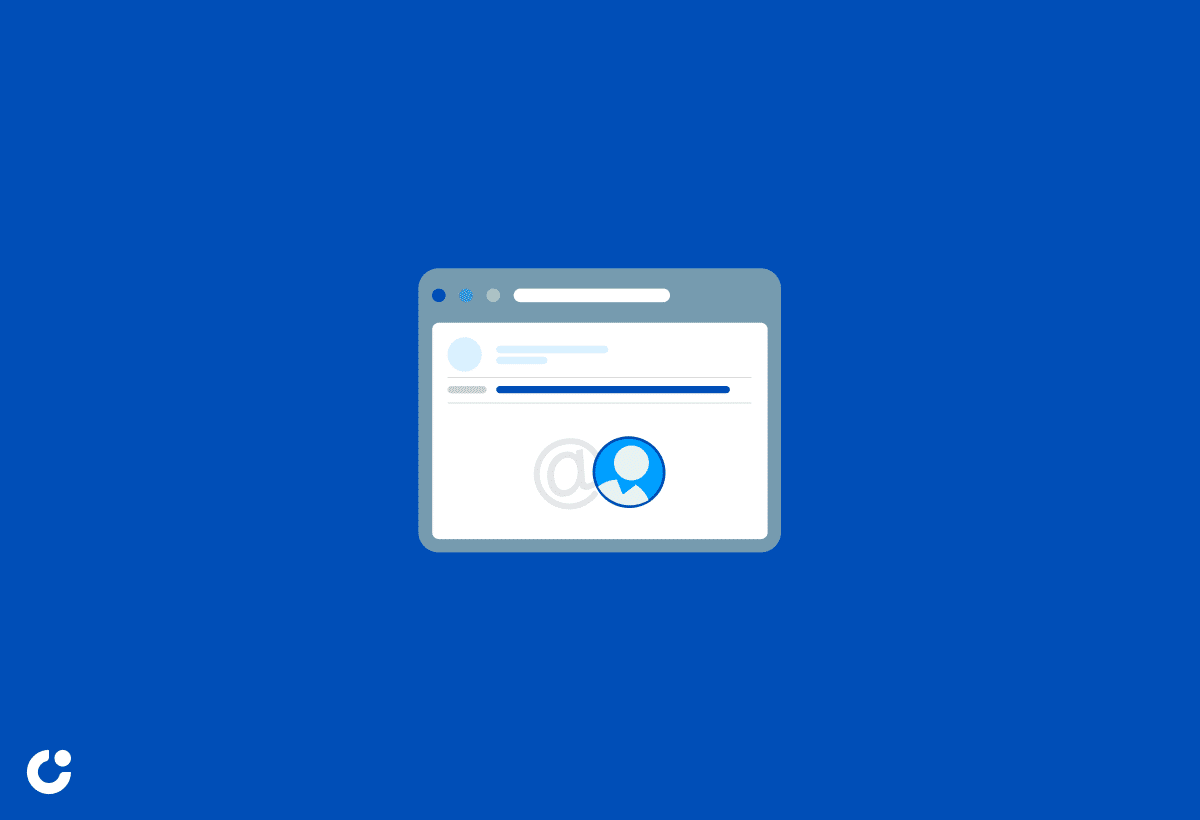
Personalizing your subject lines can significantly increase open rates and demonstrate your understanding of the recipient’s needs and preferences. Studies have shown that personalized subject lines can raise open rates by an impressive 50%.
To make your email subject lines more personalized, consider including the recipient’s name or other relevant details, such as their interests, transaction history, or location. However, be mindful of potential risks and disadvantages associated with using personalization in email subject lines, such as damaging your brand reputation, requiring more effort and resources, and increasing the risk of error.
Urgency and Scarcity Tactics
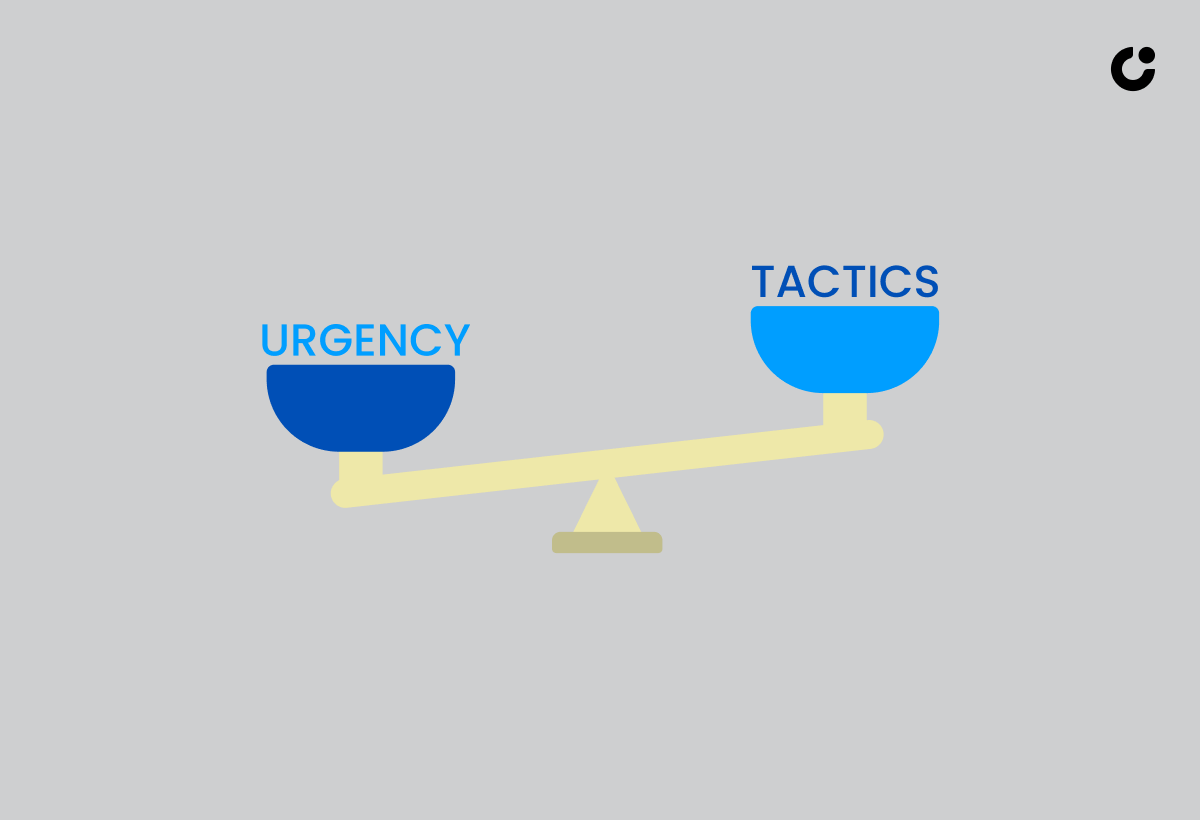
Urgency and scarcity can have a significant influence on email open rates. By using these tactics in your email marketing campaigns, such as limited-time offers or limited stock availability, you can create a sense of FOMO (fear of missing out) and tap into the innate human desire for exclusivity and limited availability. Some examples of urgency and scarcity tactics in subject lines include:
- “Limited Time Offer!”
- “Last Chance!”
- “Only X Left!”
- “Don’t Miss Out!”
- “Act Now!”
When applying urgency and scarcity tactics, it’s important to maintain honesty and transparency and evade making false claims or exaggerating the urgency of the offer.
Value Propositions That Resonate

To devise sales emails that genuinely resonate with your recipients, you should:
- Present value propositions that cater to their needs and preferences
- Emphasize problem-solving
- Underscore benefits over features
- Incorporate social proof
By following these strategies, you can craft compelling emails that grab attention and stimulate engagement.
Solving Their Problems

Address the recipient’s pain points and offer solutions tailored to their individual needs and challenges. This not only demonstrates your understanding of their unique situation but also positions your product or service as the answer to their problems. When crafting your sales emails, ensure that you provide specific, actionable advice and highlight the benefits of your proposed solution.
By tackling their problems and proposing valuable solutions, you can considerably enhance your chances of a positive response and sustained engagement.
Showcasing Benefits Over Features
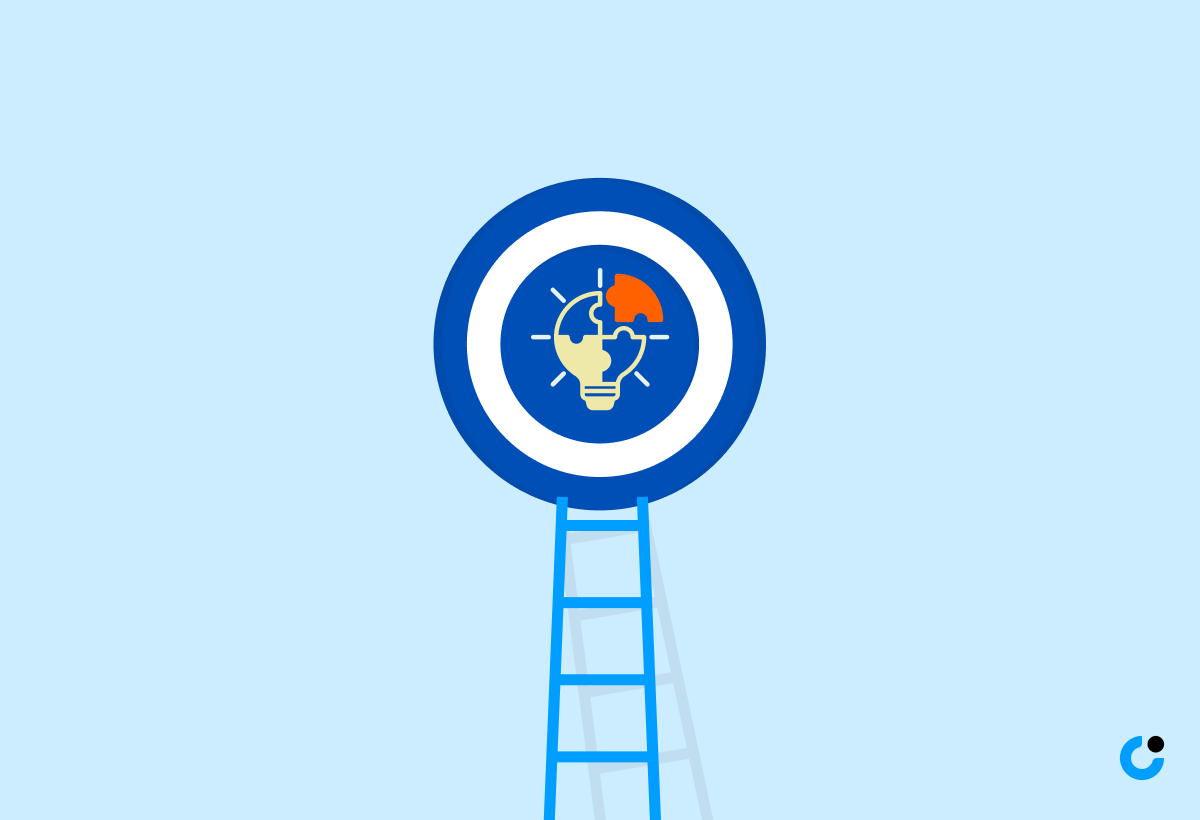
While it’s important to highlight the unique features of your product or service, focusing on the benefits and value it provides to the recipient can be even more impactful. This approach shifts the focus from what your product does to how it can improve the recipient’s life or solve their problems.
Here are some ways to emphasize the benefits and value of your product or service:
- Highlight how it can save time for the recipient
- Show how it can reduce costs or increase efficiency
- Provide specific examples or case studies to back up your claims
By focusing on the benefits and value, you can make a stronger case for why your product or service is worth investing in.
By highlighting benefits over features, you can devise convincing sales emails that genuinely resonate with your audience and produce results.
Including Social Proof
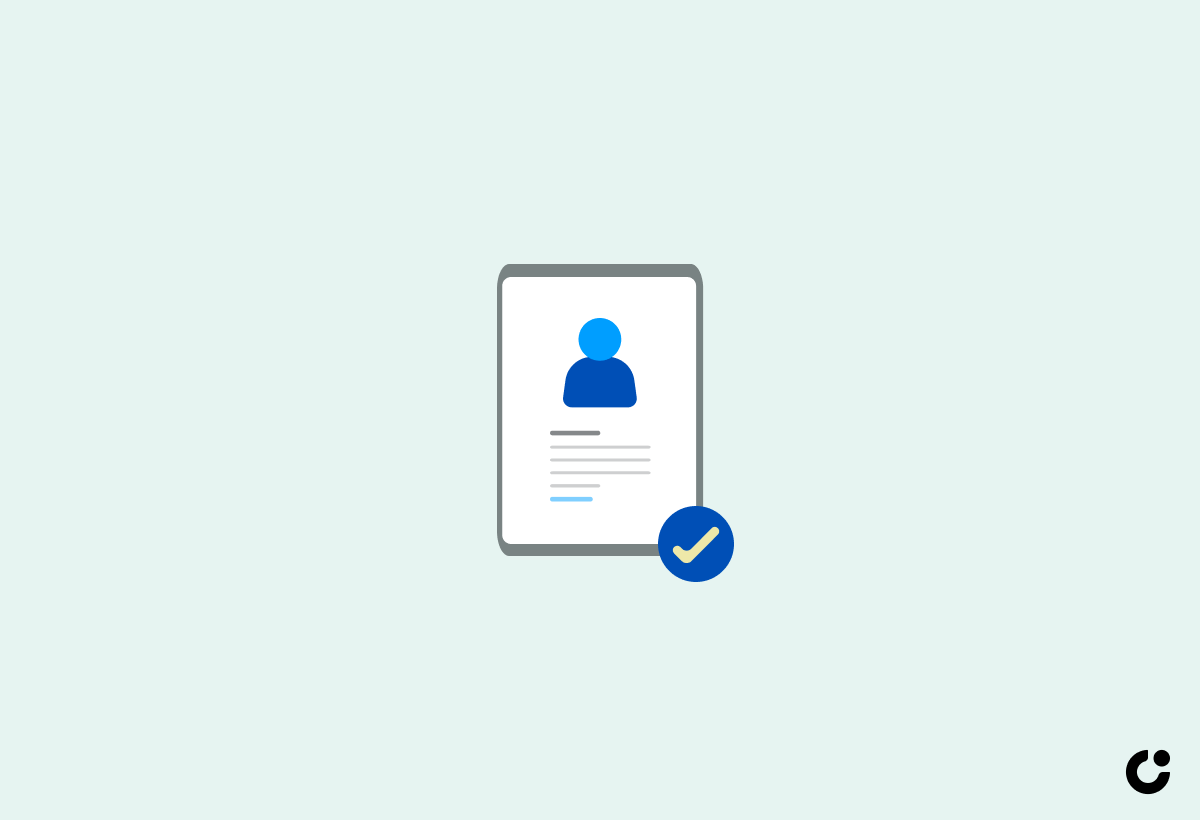
Incorporating social proof in your sales emails, such as testimonials, case studies, or industry accolades, can help build credibility and trust with your audience. This not only demonstrates the value of your product or service but also shows that others have found success with it.
Incorporating social proof in your emails can assist in crafting a persuasive and compelling message that differentiates from the competition and encourages recipients to act. So, why not give it a try?.
Effective Call to Actions
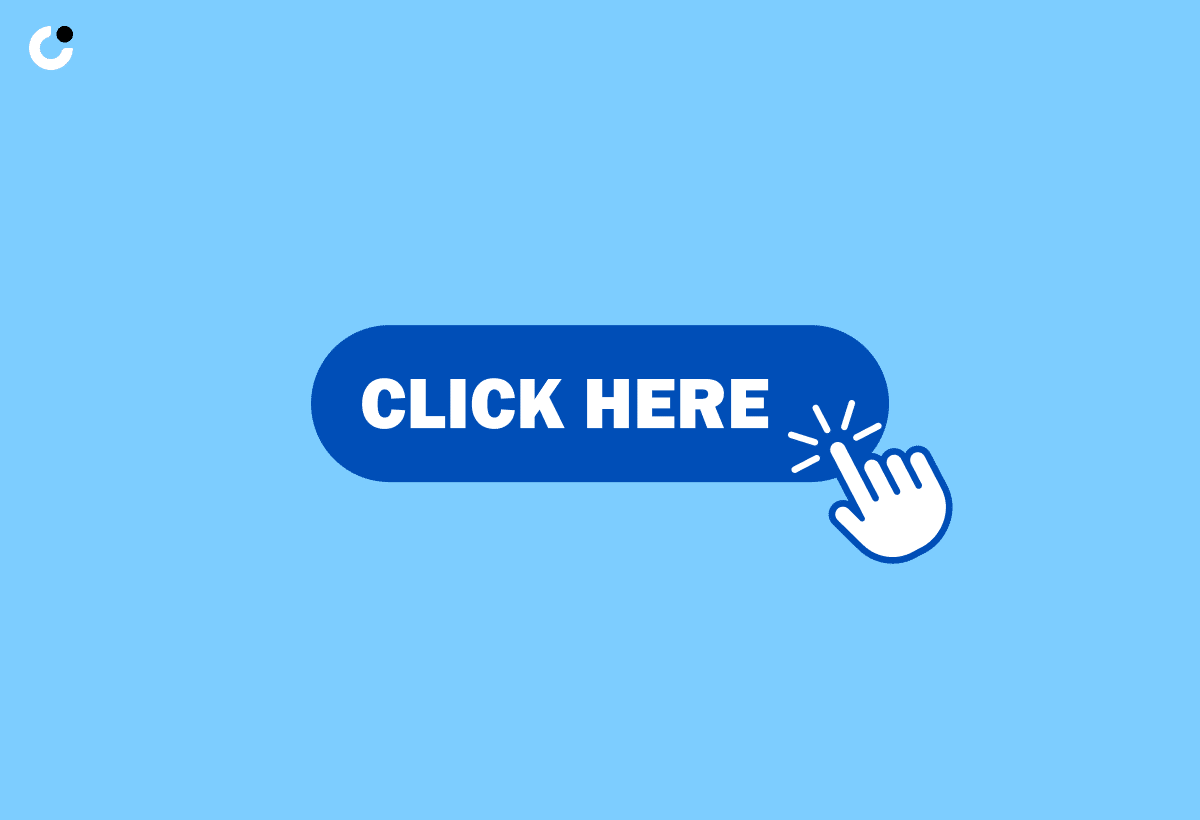
A concise and compelling call to action (CTA) is vital for stimulating engagement and conversions in your sales emails. Your CTA should inspire recipients to take the next step, whether that be scheduling a call, making a purchase, or signing up for a newsletter.
By devising direct calls to action, subtle calls to action, and follow-up triggers, you can develop potent CTAs that motivate action and produce results.
Direct Calls to Action
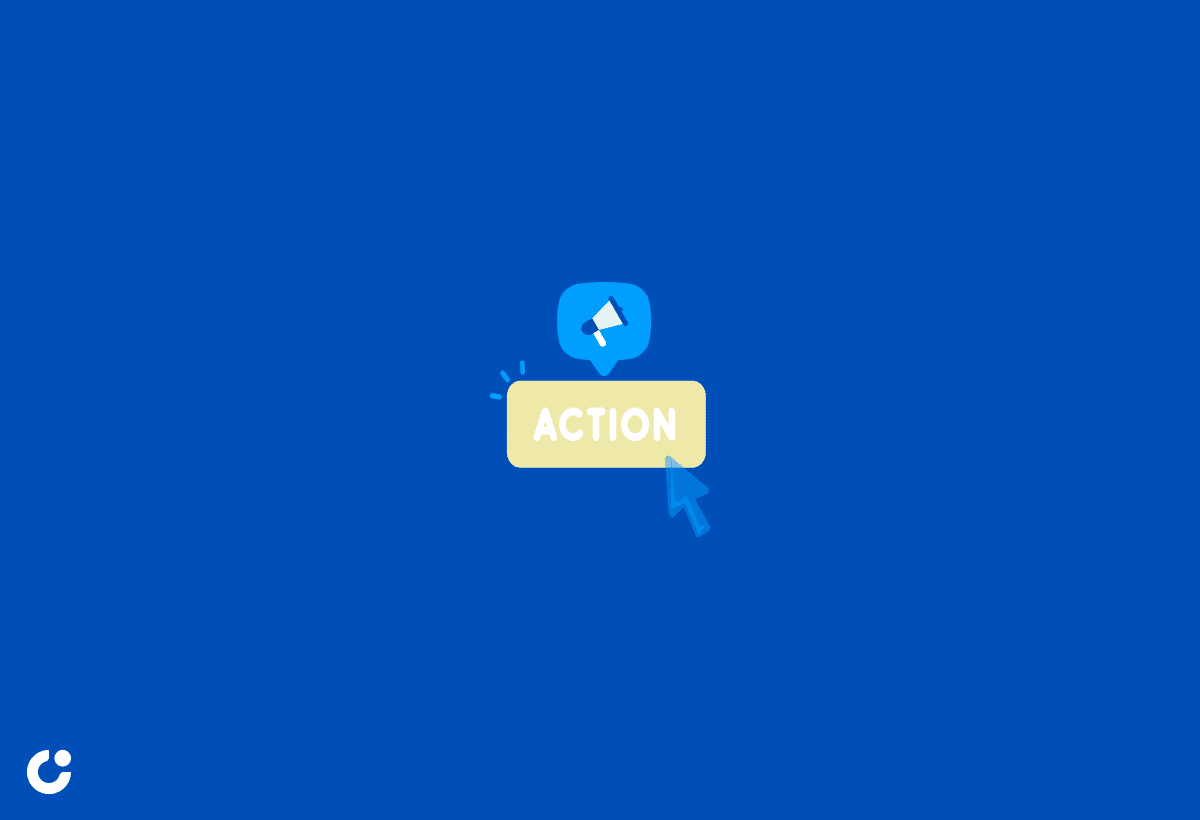
Direct calls to action are clear and explicit prompts that encourage recipients to take a specific action, such as booking a consultation or downloading a resource. To craft a direct call to action that gets results, use powerful language, keep it brief, make your call to action stand out with a larger font, and incorporate words like ‘order,’ ‘book,’ ‘now,’ ‘soon,’ or ‘today’ to encourage immediate action.
Be explicit about the action you want the recipient to take, and make your CTA concise, attractive, persuasive, and easily distinguishable from the rest of your email content.
Soft Calls to Action
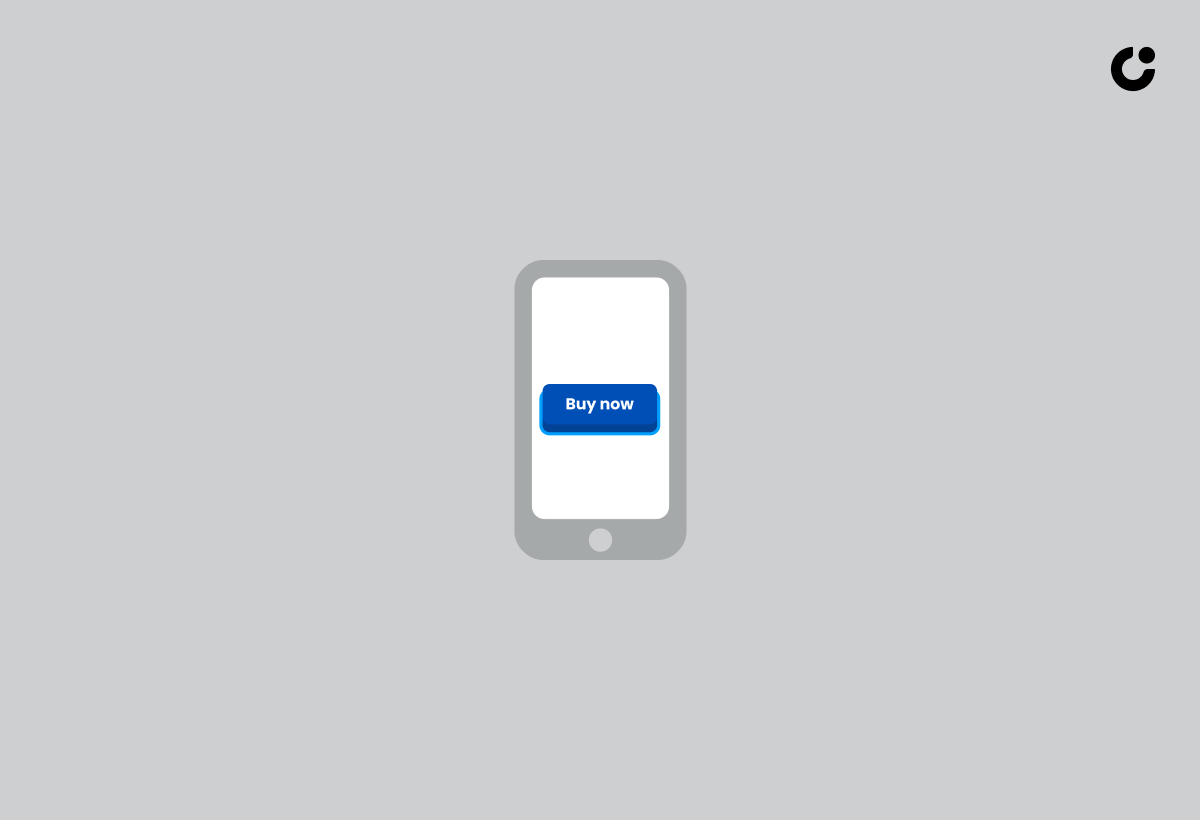
Soft calls to action are subtler ways of encouraging recipients to engage with your content without pressuring them to make a purchase or take immediate action. Examples of soft calls to action include inviting readers to learn more, download a resource, or sign up for a newsletter. By using softer calls to action, you can build a relationship with your audience and keep your brand top-of-mind without coming across as too pushy or aggressive.
Follow-Up Triggers
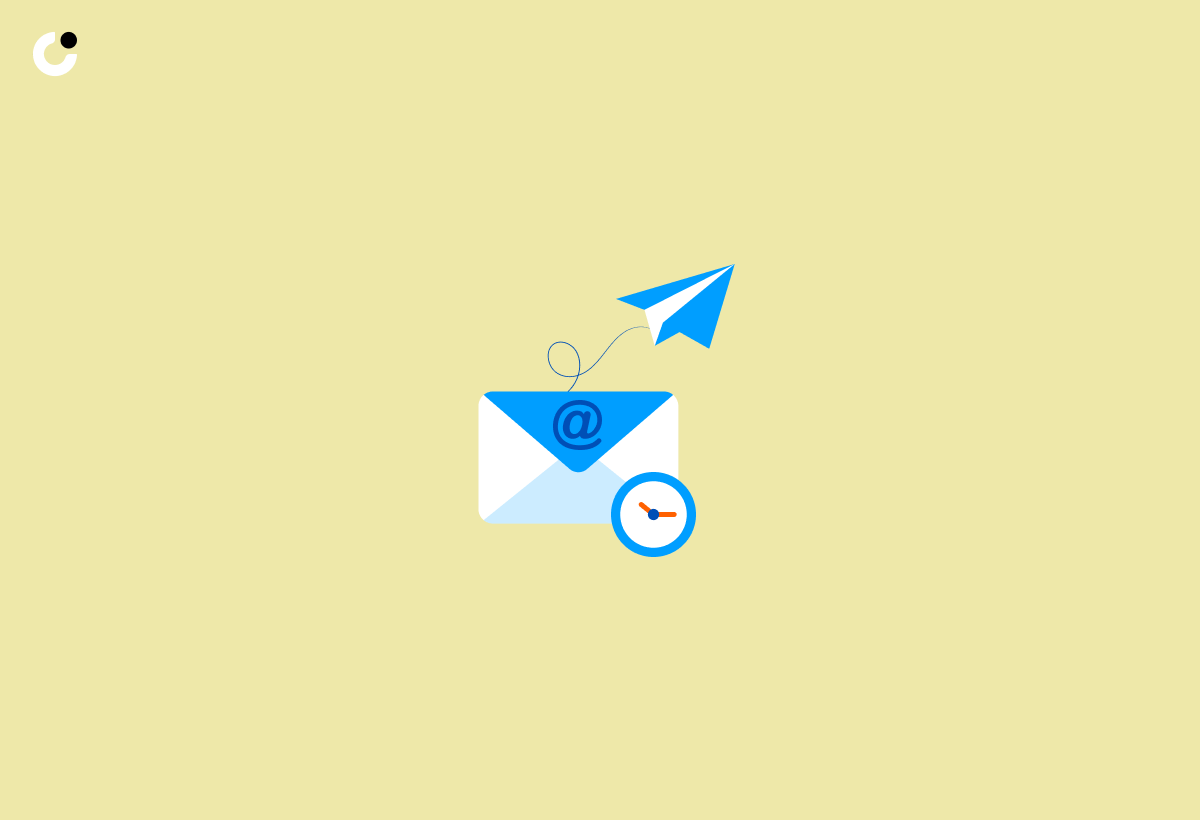
Setting up triggers for follow-up emails based on recipient engagement and behavior can help you ensure that you’re reaching out to your audience at the right time and with the right message. By observing your target market for sales triggers like:
- new C-suite executives
- company performance
- new funding
- sector announcements
- new legislation
You can construct targeted and timely follow-up emails that connect with your audience and yield results.
Utilize these follow-up triggers to craft a more personalized and effective email marketing strategy and boost your sales success.
Personalizing at Scale
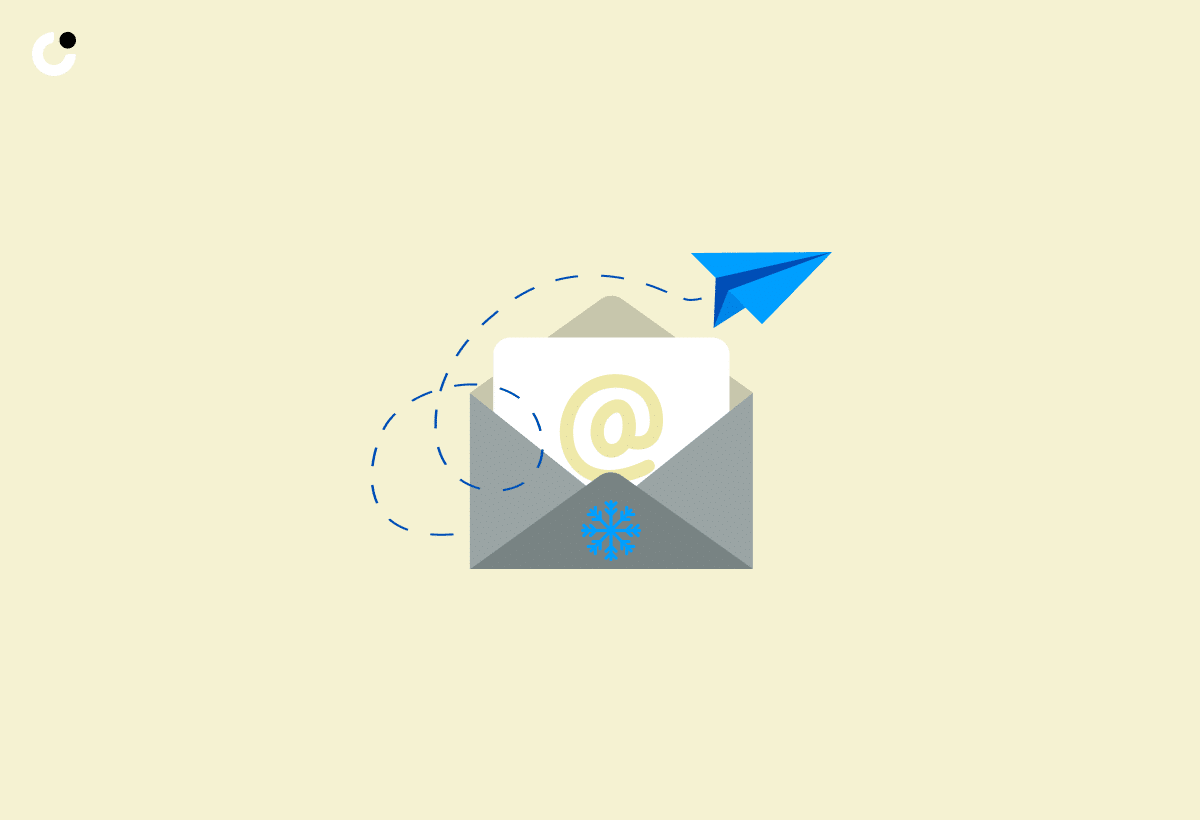
Personalizing your sales emails at scale can be a challenging yet rewarding endeavor. By employing techniques like audience segmentation, template customization, and leveraging automation tools, you can create highly personalized and targeted emails that resonate with your audience and drive results.
Segmenting Your Audience
Segmenting your email list into smaller, focused groups based on distinct characteristics, like:
- age
- gender
- location
- interests
Enables you to dispatch more personalized and pertinent emails. Audience segmentation not only increases the effectiveness of your email marketing campaigns but also helps you build stronger relationships with different customer segments.
By comprehending the unique traits and preferences of each segment, you can design and deliver more meaningful and engaging marketing content that yields results.
Template Customization Tips
Customizing your email templates to better fit your audience can significantly increase engagement and response rates. By tailoring your templates to the recipient’s interests, needs, or previous interactions, you can ensure that your emails are more personalized and engaging.
Experiment with different design elements and messaging styles to create email templates that truly resonate with your target audience.
Leveraging Automation Tools
Automation tools can simplify the personalization process and conserve your valuable time, enabling you to concentrate on other crucial aspects of your sales strategy. Some of the top automation tools for personalizing emails at scale include:
These tools offer features such as email personalization, automation, reporting, and scalability to help you maximize your email marketing efforts.
Mastering the Follow-Up Sequence
Devising effective follow-up sequences is crucial for sustaining engagement and propelling conversions in your sales emails. By focusing on timing, content variations, and knowing when to close files, you can craft follow-up emails that resonate with your recipients and encourage them to take action.
Timing Your Follow Ups
Determining the optimal timing for follow-up emails is crucial for maintaining recipient interest and avoiding appearing pushy. Consider the recipient’s availability and receptiveness, and try to send emails during times when they are more likely to be open to communication. Show respect for their time by spacing out follow-up emails by at least a few days, and take a few minutes to avoid being perceived as pushy or rude.
Studies suggest that the optimal time to dispatch follow-up emails falls between 9:00 AM and 12:00 PM EST on Tuesdays.
Content Variations for Follow Ups
To maintain recipient interest and avoid repetition, vary the content of follow-up emails by providing new information, different perspectives, or additional resources. This not only keeps the conversation fresh but also demonstrates your commitment to personalizing your communication and addressing the recipient’s unique needs and challenges.
Experiment with different content formats and messaging styles to ensure your follow-up emails remain engaging and relevant to your audience, considering the feedback from the previous email.
Knowing When to Close Files
Identifying when to cease pursuing a lead and close their file is vital for optimizing your sales efforts and concentrating on more promising prospects. By paying attention to signs that a lead should be closed, such as a lack of engagement or repeated rejections, you can make informed decisions about where to allocate your resources and when to move on to other opportunities.
This approach ensures that sales professionals, including sales reps, are dedicating their time and energy to the most promising leads and maximizing their sales success.
Engaging Cold Leads with Cold Emails
Engaging cold leads can present a challenge, but with appropriate strategies, you can arouse their interest and start establishing a connection. By offering immediate value, avoiding common pitfalls, and establishing a genuine connection, you can create cold emails that capture attention and encourage engagement.
Approaching with Immediate Value
Offering value upfront in cold emails can allure the recipient to respond and leave a great impression. By offering specific solutions, valuable insights, or helpful resources, you can demonstrate your expertise and show that you’re genuinely interested in helping the recipient succeed. This approach not only grabs the recipient’s attention but also positions you as a valuable resource that they can trust and rely on.
Avoiding Common Pitfalls
Steer clear of common mistakes in cold emails, such as being overly salesy or failing to personalize the message. Instead, focus on providing value and demonstrating your understanding of the recipient’s needs and challenges. By avoiding these pitfalls, you can increase the likelihood of a positive response and establish a strong foundation for a successful sales relationship.
Building a Connection
Establishing a connection with the recipient is crucial for creating a foundation of trust and rapport. Here are some tips to help you achieve this:
- Address the recipient’s needs
- Show genuine interest in their success
- Provide valuable information or resources that can help them overcome their challenges
By following these tips, you can build a strong connection with your recipients and increase the effectiveness of your communication.
By building a connection with the recipient, you can increase the likelihood of a positive response and lay the groundwork for a successful sales relationship with a sales rep.
Rekindling Interest in Warm Leads
Re-engaging warm leads can be an influential method to rekindle their interest in your product or service and motivate them to act. By reminding them of previous interactions and sharing new developments, you can maintain the interest of existing customers and encourage further engagement.
Reminding Them of Previous Interactions
Referencing past interactions with the recipient can help rekindle their interest and remind them of the value you’ve provided in the past. By jogging their memory and re-establishing a connection, you can increase the likelihood of a response and maintain an open line of communication.
This approach can be particularly effective for re-engaging leads who may have lost interest or become disengaged over time.
Sharing New Developments
Informing warm leads about new developments can aid in sustaining their interest and promoting further engagement. Here are some ways to keep them informed:
- Send regular newsletters or email updates about product updates or special offers.
- Share relevant blog posts or articles that provide valuable information.
- Host webinars or online events to showcase new features or provide training.
- Use social media platforms to share updates and interact with your leads. By keeping your warm leads informed of the latest news and developments, you can demonstrate your commitment to their success and show that you’re continuously working to improve your product or service.
This approach can be a great way to re-engage warm leads and encourage them to take action.
Summary
In conclusion, crafting effective sales emails is a crucial skill for any sales professional. By focusing on personalization, powerful subject lines, value propositions that resonate, compelling calls to action, and strategic follow-up sequences, you can elevate your outreach efforts and drive results. Remember to always approach cold leads with immediate value, rekindle interest in warm leads, and leverage automation tools to personalize at scale. With these proven sales email strategies, you’ll be well on your way to boosting your sales success and connecting with potential customers like never before.
Frequently Asked Questions
How can I personalize my sales emails without spending too much time on each one?
Automate the personalization process to create highly targeted emails quickly and easily, allowing you to stay motivated and save time.
What are some effective ways to maintain interest in follow-up emails?
Personalize subject lines, use templates, keep emails concise and specific, and reiterate the purpose of the email to maintain reader interest and encourage response.
How can I make my cold emails stand out from the competition?
Craft cold emails that make an immediate connection with the recipient, avoid common mistakes, and offer value up front to make them stand out from the competition.
How often should I follow up with a lead after my initial email?
Follow up with your leads every 3-4 days after the initial email, for a total of 3-5 follow-up emails.
How can I determine if a lead should be closed and no longer pursued in sales?
Look for signs that indicate a lead should be closed, such as lack of engagement or repeated rejections. When these signs are present, it is likely time to move on and allocate resources elsewhere.

